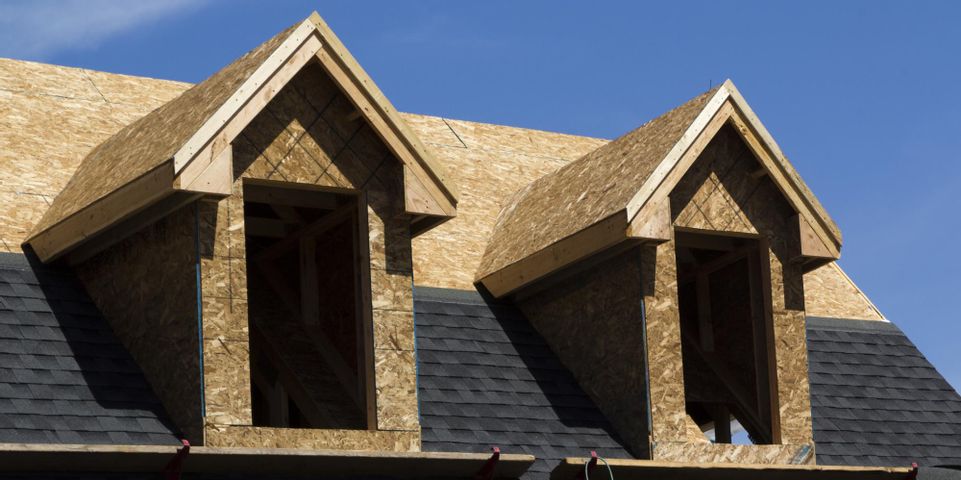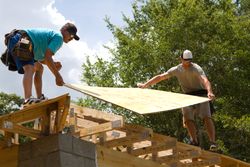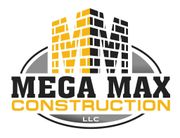
Substrate is the foundational layer of the roof that lies between the frame and shingles. Sometimes known as decking or sheathing, this structural component plays a crucial role in the function and stability of a roofing system. However, since substrate remains out of sight, many homeowners aren’t familiar with what it does or how to keep it intact. To help you protect your home, here are a few answers to common questions about roofing substrate.
4 Questions About Roofing Substrate
Why is roofing substrate important?
The substrate provides structural support to hold up essential components of the system, such as waterproofing membranes, felt, and shingles. Consisting of flat boards, the substrate also helps support proper drainage by directing moisture toward the gutters. If leaks do form, the boards that make up the deck will help shield trusses and insulation from water damage.
What are the different types, and which is best?
 Most homes only need a wood-based substrate, such as plywood, oriented strand board, or tongue-and-groove panels. These products are light enough that they won’t weigh down on the frame but can support the structural heft of most materials used in residential construction.
Most homes only need a wood-based substrate, such as plywood, oriented strand board, or tongue-and-groove panels. These products are light enough that they won’t weigh down on the frame but can support the structural heft of most materials used in residential construction.
Commercial buildings with larger or flat roofing systems, however, tend to require stronger types of decking, such as those crafted from steel or concrete.
How do you maintain the roofing substrate?
The best way to protect your roofing substrate is to maintain the outer layers. To maintain your roof’s integrity, clean the shingles regularly, trim overhanging branches, and keep the gutters clear. Investing in a high-quality waterproofing membrane during roof installation will also help protect the substrate from moisture-related damage.
Inspect your roof routinely to check for signs of damage, especially after storms. If you notice missing or broken shingles, depressed areas, standing water, or leaks, you may need professional repairs to keep the sheathing intact.
What should I do if my substrate is damaged?
Leaks, wet insulation, warped ceilings, and discolored interior walls are all signs that decking has rotted and needs to be replaced. If you spot any of these warning signs, schedule an in-depth inspection with a roofing contractor as soon as possible. Damaged decking typically has to be fully replaced, requiring outer layers of the roof to be removed. However, if you act quickly enough, you may be able to prevent the problem from spreading.
Whether you’re dealing with missing shingles, a leak, or a more serious issue, Mega Max Construction is here to provide comprehensive support for all your roofing needs. Based in Union, NJ, and backed with more than 20 years of experience, they can pinpoint structural roof issues, including damaged substrate, and provide in-depth repairs. They even offer 24/7 emergency repair services. To learn more about their roof repair and replacement services, visit this contractor online. For an estimate, call (908) 265-5589.
About the Business
Have a question? Ask the experts!
Send your question

